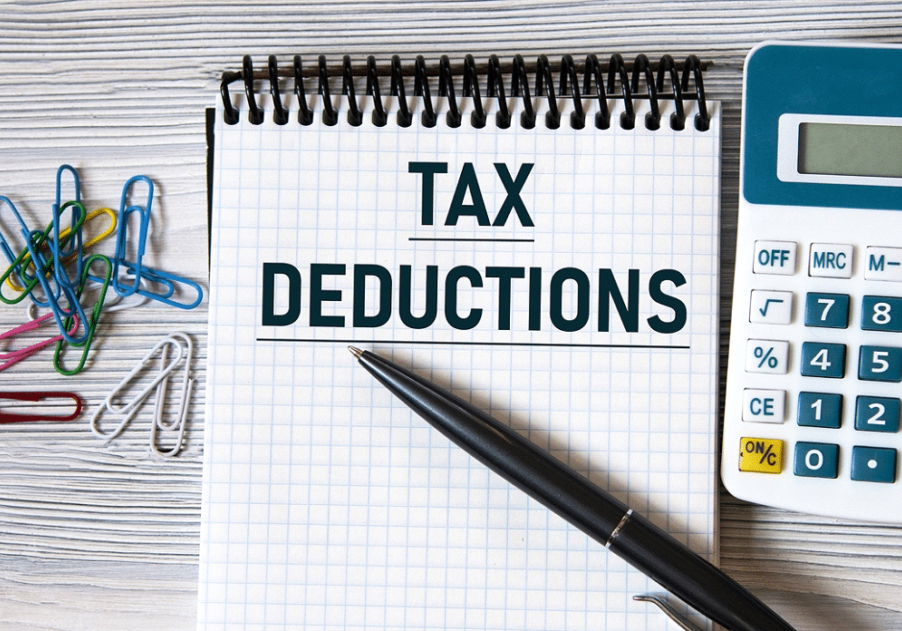Key Tax Issues to Consider If You Lose a Loved One

| When a loved one dies, taxes are probably not your first concern. But the IRS requires family members (or executors) to address unfamiliar and sometimes overwhelming tax considerations during this difficult time. Here are three important facts that you should know as you wind up a deceased person’s estate. 1. Inherited Assets Get a “Step Up” in Tax Basis If the decedent leaves behind appreciated capital gain assets — such as real estate and/or securities held in taxable accounts — the federal income tax basis of those assets increases to fair market value (FMV) as of: The decedent’s date of death, or The alternate valuation date of six months after the date of death, if the estate’s executor chooses to use the alternate valuation date. This is good news. When the inherited asset is sold, federal capital gains tax is owed only on any appreciation that occurs after the applicable date. That can dramatically lower the tax bill. If the deceased person was married and co-owned one or more homes and/or other capital gain assets with a surviving spouse, the tax bases of the ownership shares that belonged to the decedent are stepped up. In most cases, decedents own half of affected assets. Important note: Different rules apply in the nine community property states: Arizona, California, Idaho, Louisiana, Nevada, New Mexico, Texas, Washington and Wisconsin. If the decedent was married and co-owned one or more homes and/or other capital gain assets with the surviving spouse as community property in those states, the tax basis of the entire asset is stepped up to FMV — not just the half that belonged to the decedent. This favorable rule allows the surviving spouse to sell capital gain assets that were co-owned as community property and owe federal capital gains tax only on any appreciation that occurs after the applicable date. 2. A Surviving Spouse May Be Entitled to Bigger Home Sale Gain Exclusion An eligible unmarried individual can exclude from federal income taxation up to $250,000 of the gain from selling a principal residence. Married couples who file joint returns can exclude up to $500,000 of gain. If a decedent was married, his or her surviving spouse generally isn’t allowed to file a joint return for tax years after the year during which the decedent died. However, an unmarried surviving spouse can usually exclude from federal income taxation up to $500,000 of the gain from selling a principal residence, if the sale happens within two years after the decedent’s date of death. Mind this deadline! The two-year period begins on the date of the person’s death. So, a sale that occurs in the second calendar year following the year of death, but more than 24 months after the date of death, won’t qualify for the larger $500,000 gain exclusion. Important: Eligibility for the larger gain exclusion won’t matter if the gain from selling the home is $250,000 or less. That’s certainly possible, because the basis of any portion of the home inherited from the decedent will be stepped up. And the basis of the entire home will be stepped up if the home was owned as community property in one of the nine aforementioned states. 3. Inherited Retirement Accounts are Subject to the RMD Rules The required minimum distribution (RMD) rules apply to inherited IRAs and qualified retirement plan balances. Beneficiaries can’t afford to ignore the RMD rules. Failure to withdraw the properly calculated RMD amount for any year exposes beneficiaries to a 50% penalty based on the shortfall between: The required amount for the year, and The amount actually withdrawn during the year, if any. This is one the harshest punishments in the Internal Revenue Code — and it will accrue, year after year, until compliance with the RMD rules is achieved. In addition, different RMD rules apply depending on whether the retirement account is inherited by a spouse or another heir. For surviving spouse beneficiaries. The RMD rules apply if the decedent’s surviving spouse inherits as the sole beneficiary the decedent’s IRA or qualified retirement plan account. In some cases, an RMD may have to be taken by December 31 of the year of the decedent’s death, with the resulting extra income tax hit. However, the surviving spouse can usually achieve better tax-deferral results under the RMD rules if he or she chooses to treat the inherited account as his or her own account. Then, RMDs can be calculated under the more-favorable rules that apply to original account owners. But, beware: This option may be unwise if the surviving spouse is much older than the decedent, because the election could accelerate the time for taking RMDs and cause the RMDs to be larger. Why? RMDs would then be based on when the older surviving spouse (rather than the younger decedent) reached or reaches age 72. Non-spouse beneficiaries. Special RMD rules apply when one or more non-spouse beneficiaries are designated for a traditional IRA, Roth IRA or qualified retirement plan account balance. These rules can be complicated and may require a tax professional to interpret. An RMD may have to be taken by December 31 of the year of the decedent’s death, with the resulting extra income tax hit. Getting Help Untangling the complicated web of federal tax issues that come with the loss of a loved one can be overwhelming, on top of dealing with the emotional issues you’re facing. Fortunately, your tax and estate planning advisor help explain the details and ensure compliance with the applicable tax rules. |











